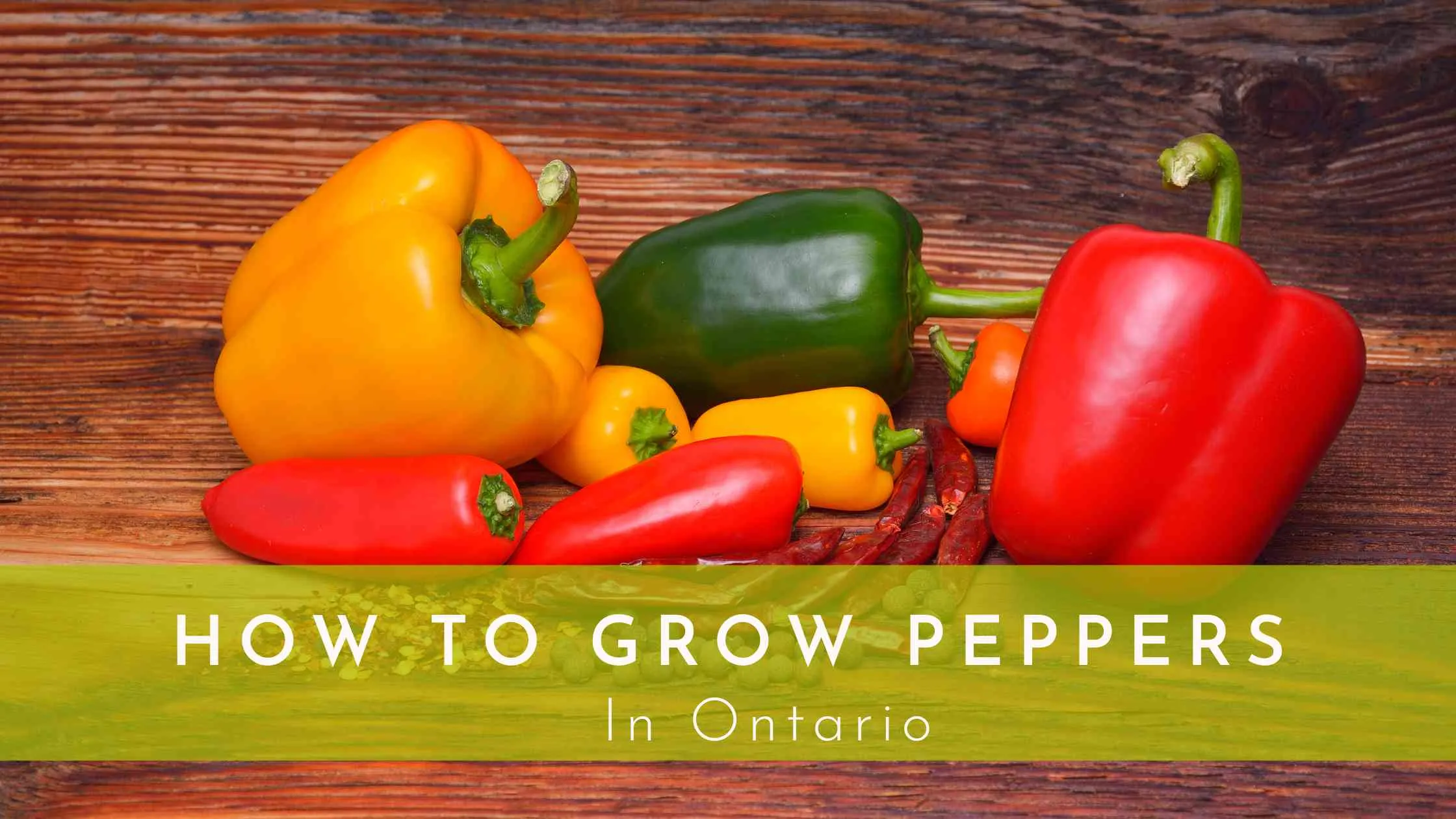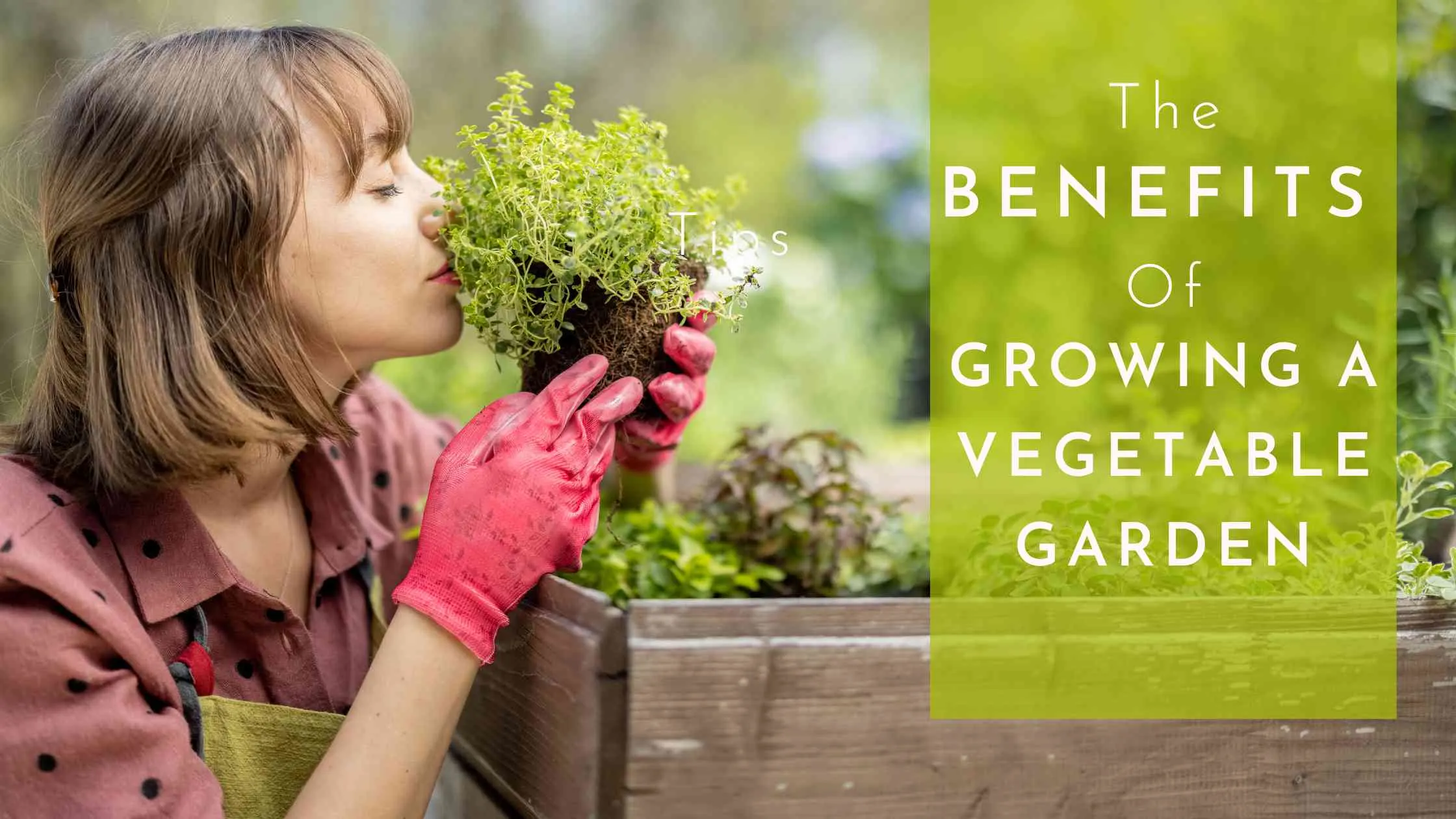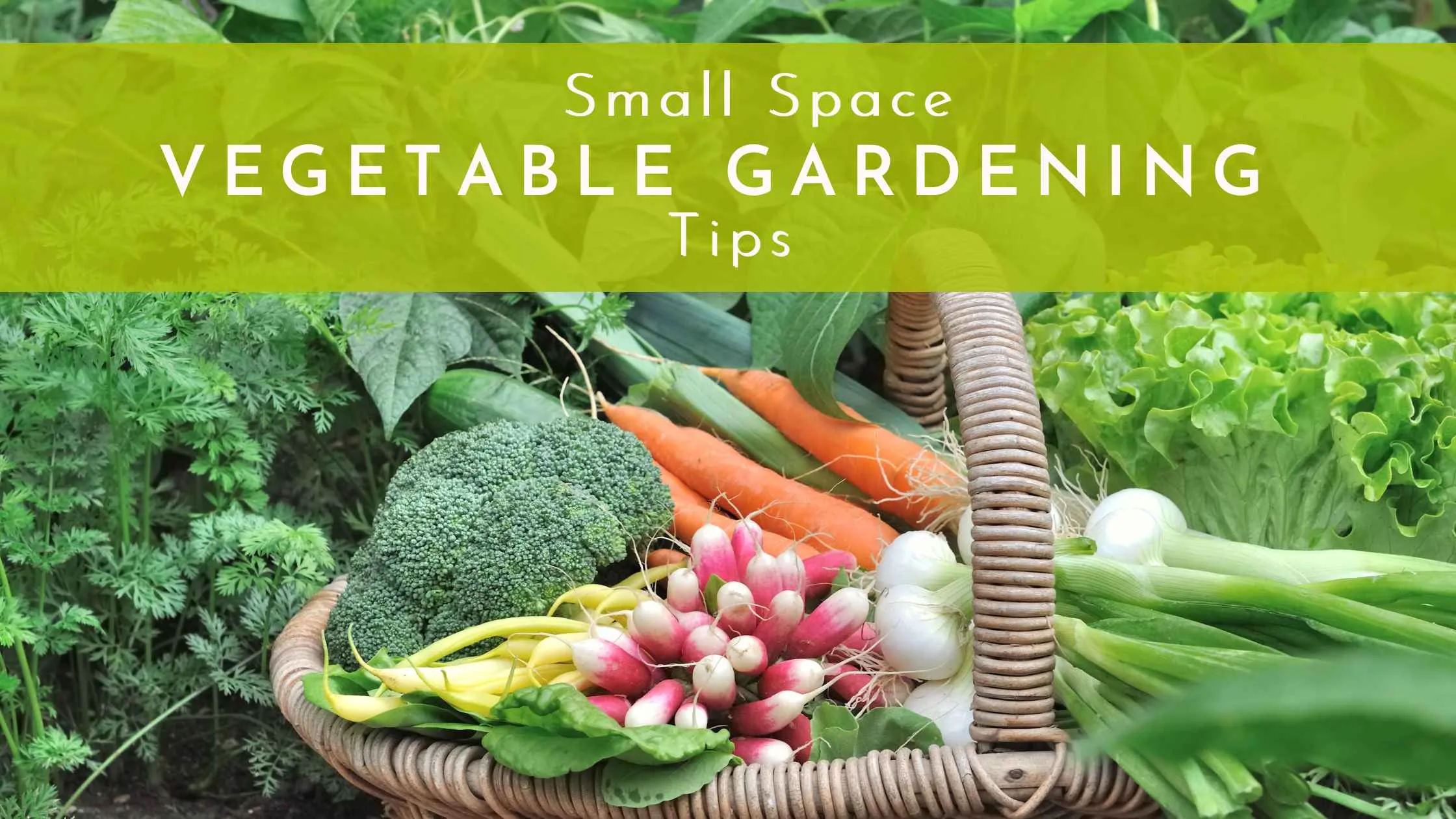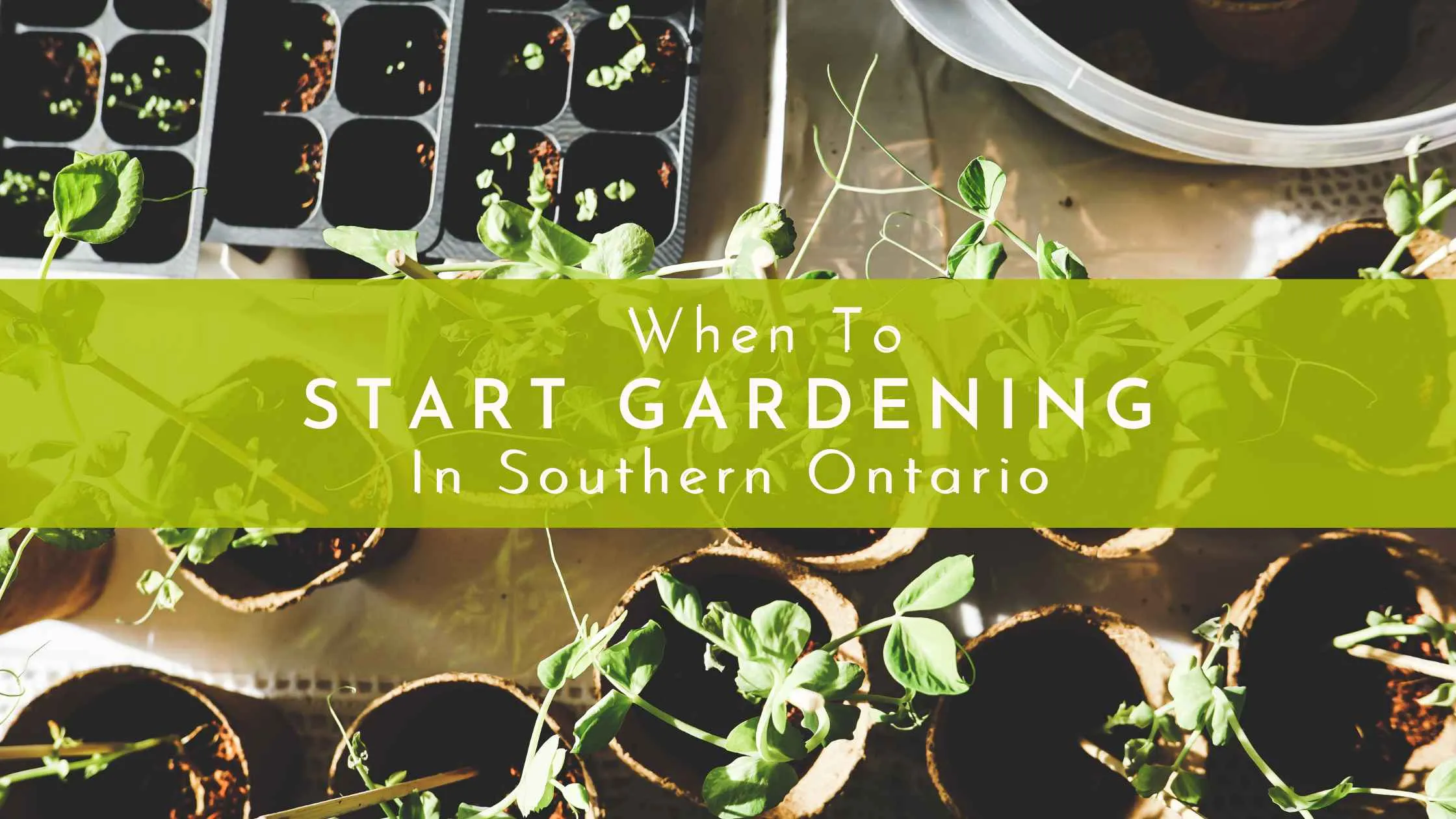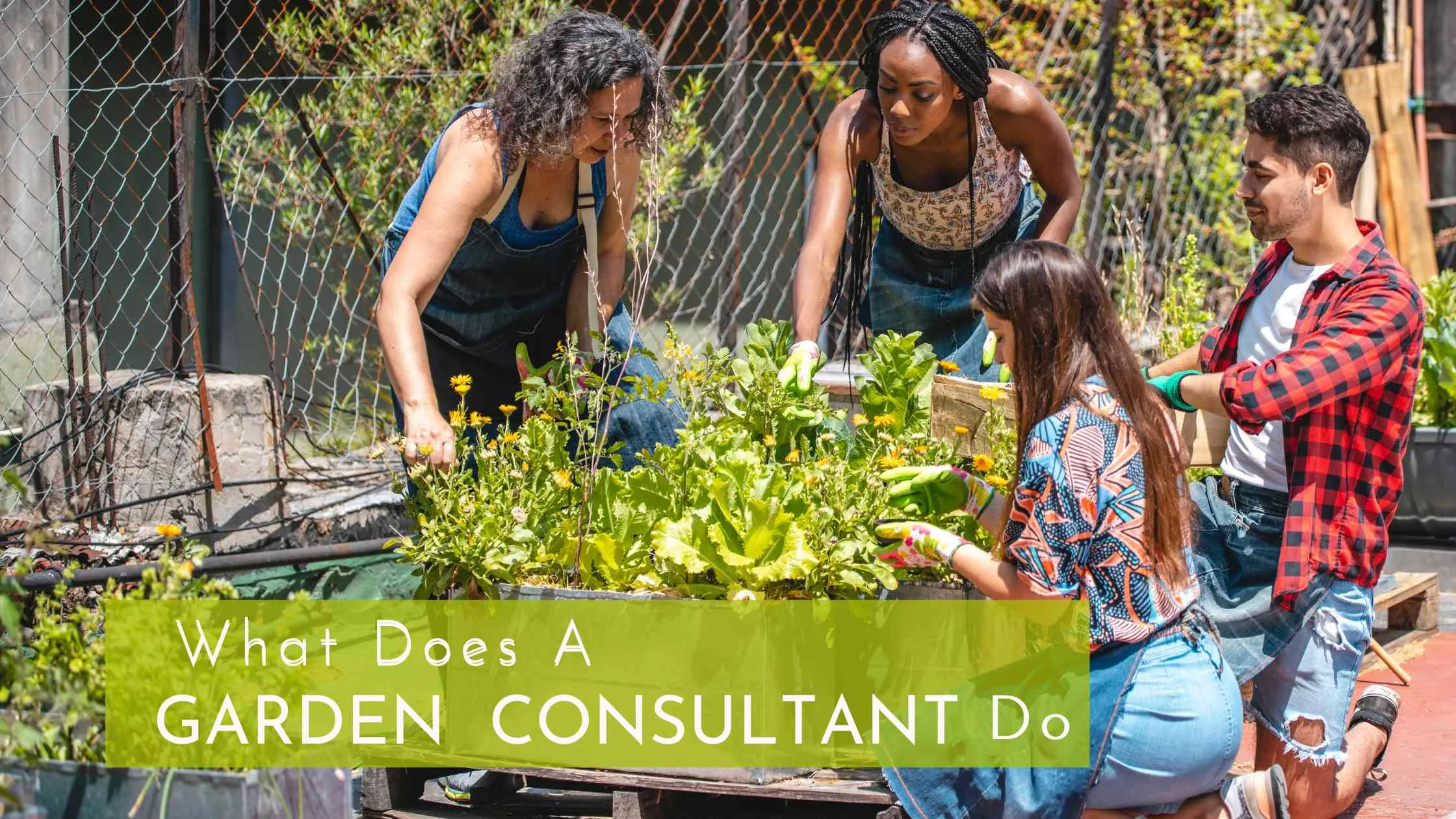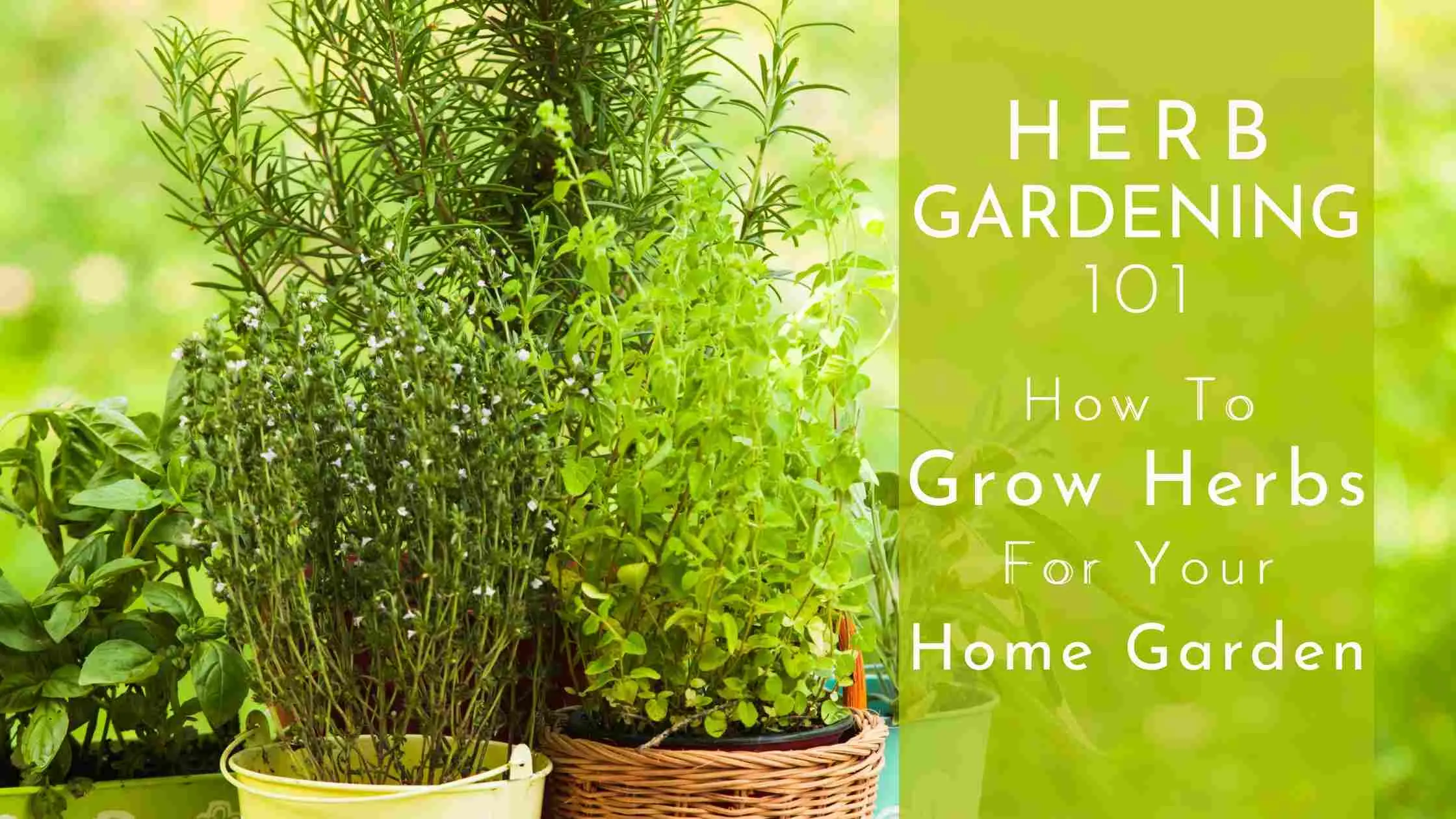Everything You Need To Know About Spring Garden Preparation
Spring is the favorite time of year for most gardeners. After waiting for the long winter to be over, now is the time to finally witness the green patches on the ground and the warm smell of Earth. You can start your spring garden preparation even before the spring has sprung.
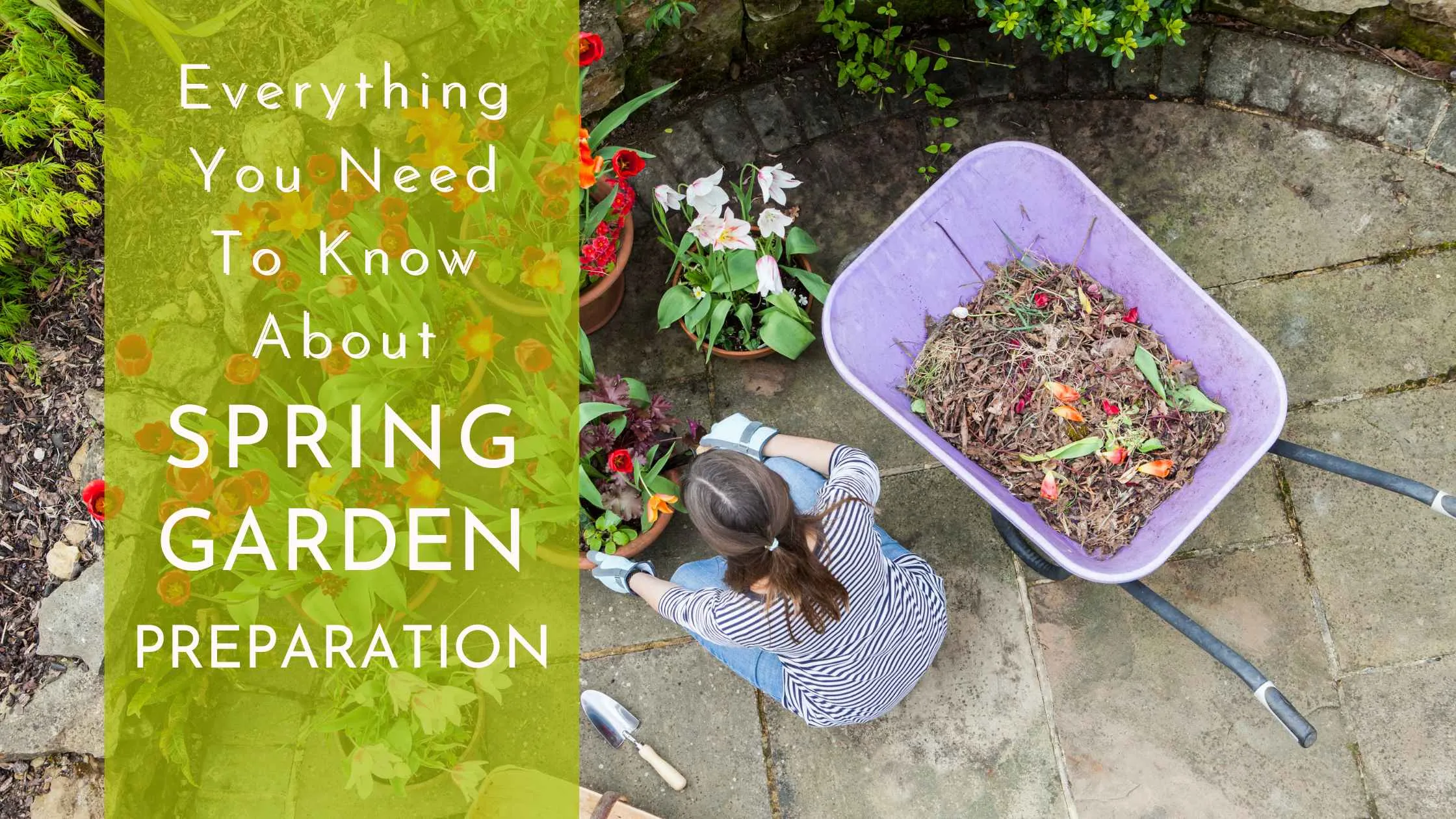
The Best Tips For Spring Garden Preparation
Gardening is a lot more than just investing in high-quality seeds, compost, and containers. Before you take out your garden supplies and seeds, you should get your garden ready for the spring season.
This comprehensive guide will help you learn the basics about gardening and your spring garden preparation to the next level:
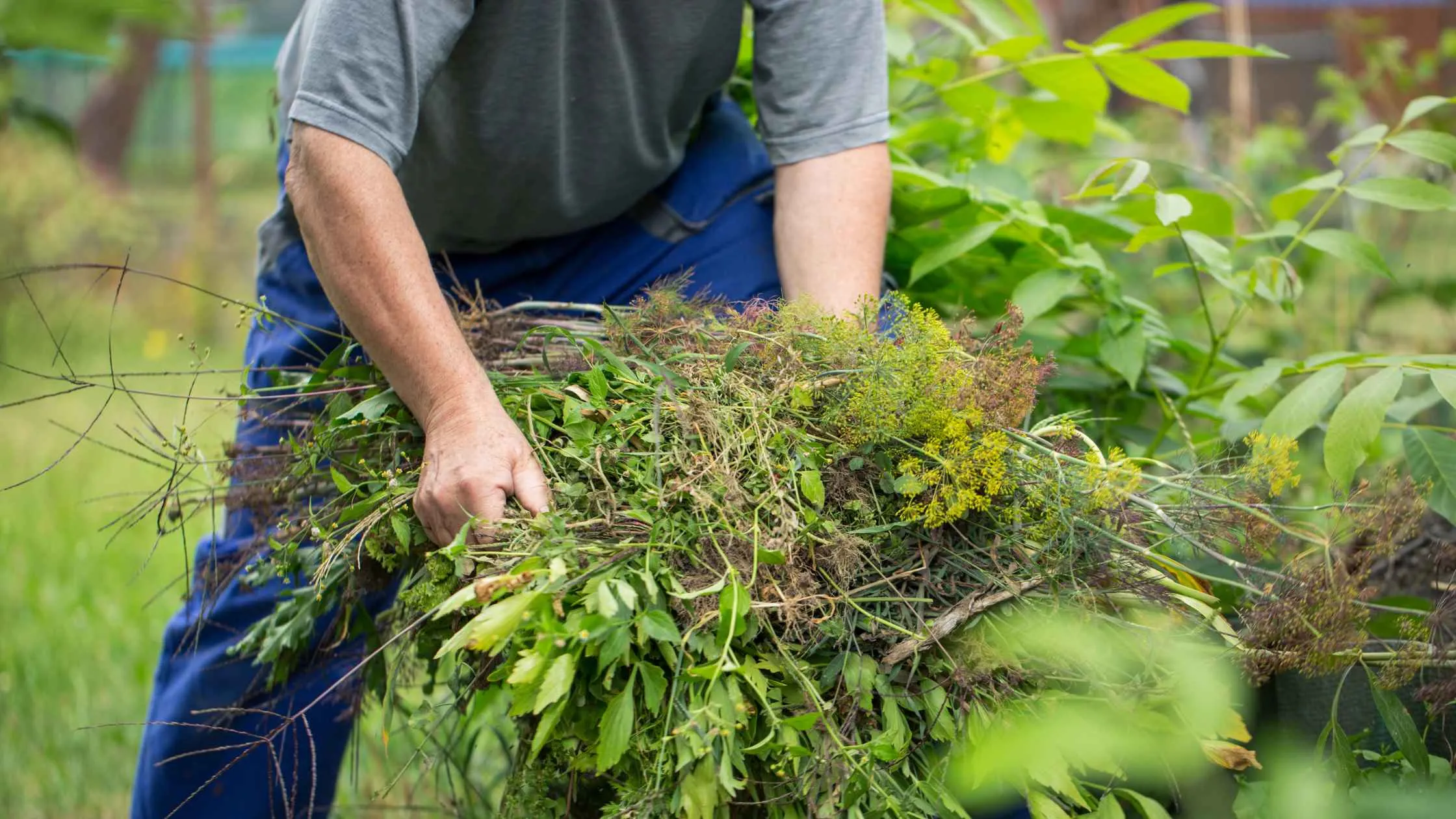
1. Clean Your Garden
Always clean your garden before you start your spring garden preparation. It is important to remove any debris or mulch until you reach the bare soil.
Here are some important tasks you should follow while cleaning your garden:
- Remove all the dead branches and dead plants from your garden
- Remove all the dead and alive weeds. Don’t forget to clean the edges of the garden
- Get rid of any waste material or remains from the previous season. You can also add it to compost for future use
- Cleaning your plant pots is also important. It reduces the risk of diseases in seedlings and new plants.
- Also, check for damage on pots or containers and repair or replace them if needed.
Cleaning your garden will give it a fresh and neat start. Don't postpone cleaning your garden, as it will only result in more mess, in the end.
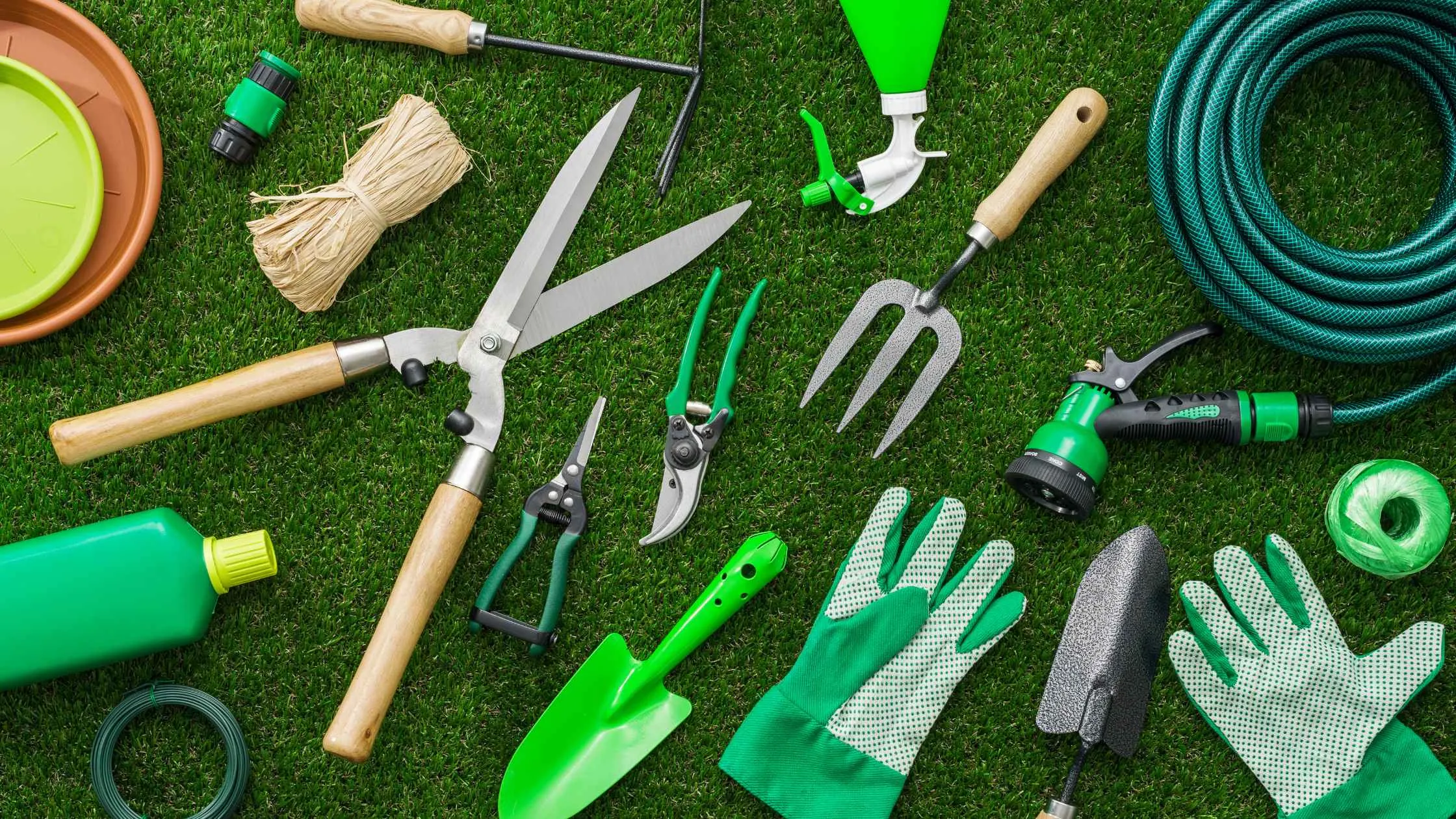
2. Clean And Sharpen Your Gardening Supplies And Tools
Your spring garden preparation also includes cleaning your gardening tools. You need to inspect any dirt or rust on the tools. If a tool gets rusty, soak it in a solution of 50% water and 50% vinegar. Scrub the tools with steel wool to remove any rust.
Sometimes, hand tools like spades, scythes, shovels, and pitchforks get worn down edges. So, they need to be resharpened before the new planting season. To reshape your tools, first, you need to soak them in hot water and then scrub them with a brush or wire to remove any hardened soil. Sharpen your garden tools and then apply a natural oil to keep them in good condition for a longer time.
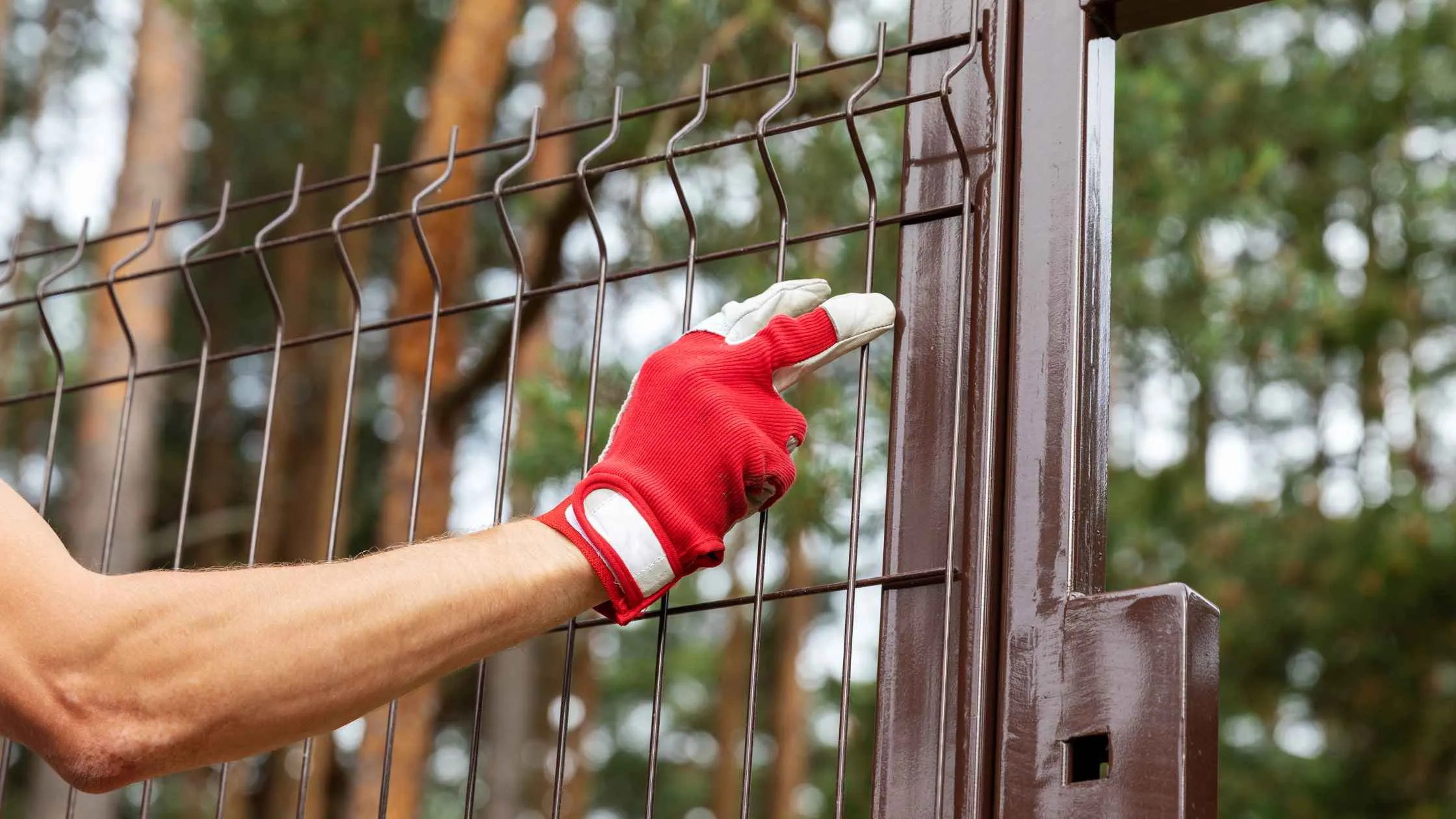
3. Maintain Fences And Gates
Just like garden frames, winter might have also caused some damage to your garden gates and fences. To protect your plants and flowers from dogs, deer, chickens, or rabbits, you need to repair the gates and fences as soon as possible.
If there is a lot of debris or mildew grown on the fences and gates, you can use a pressure washer to clean them. Similarly, your woven garden fences might need fresh material, and metal fences need new posts.
Keeping your gates and fences in good condition will keep them protected for a longer time and help you save your future harvest.
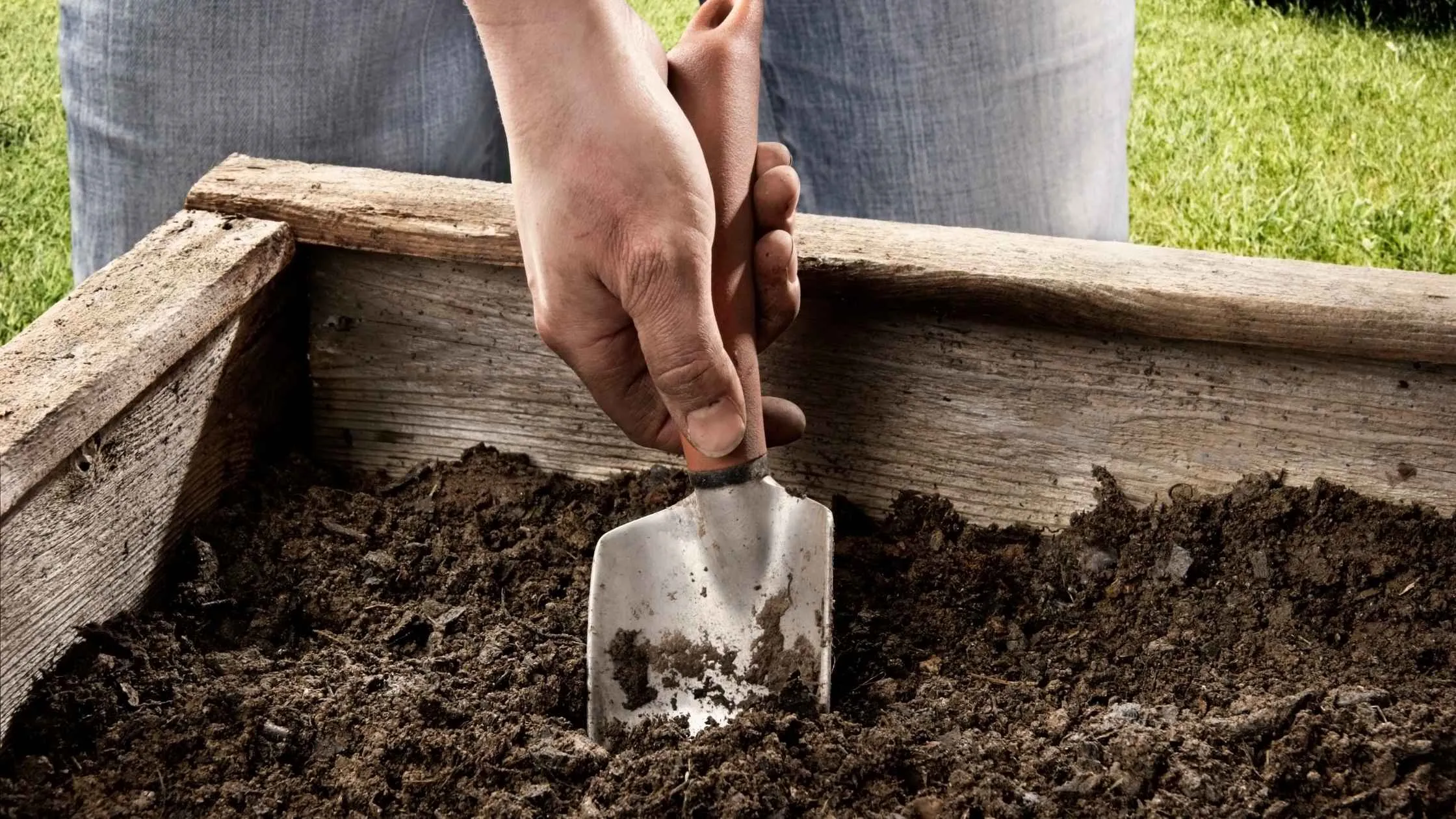
4. Prepare Your Soil And Raised Garden Beds
Once you feel the warmth of the earth, you know it is time to prepare your soil and garden beds.
As the soil of your in-ground beds gets compacted during winter, you should do tilling or turning to loosen it. Use a sharp spade to till the soil to a depth of 12 to 14 inches. Well-composted mulch or leaves can be left within the soil, but if you see fresh compost or leaves, remove them first.
If you already have raised garden beds, inspect for any damage before planting new seeds. During the winter, the soil might get soggy from the snow and rain, resulting in strained wooden frames. Before starting your spring garden preparation, make sure all raised beds are in perfect condition. If there are any strained or broken frames, try fixing them before adding seeds.
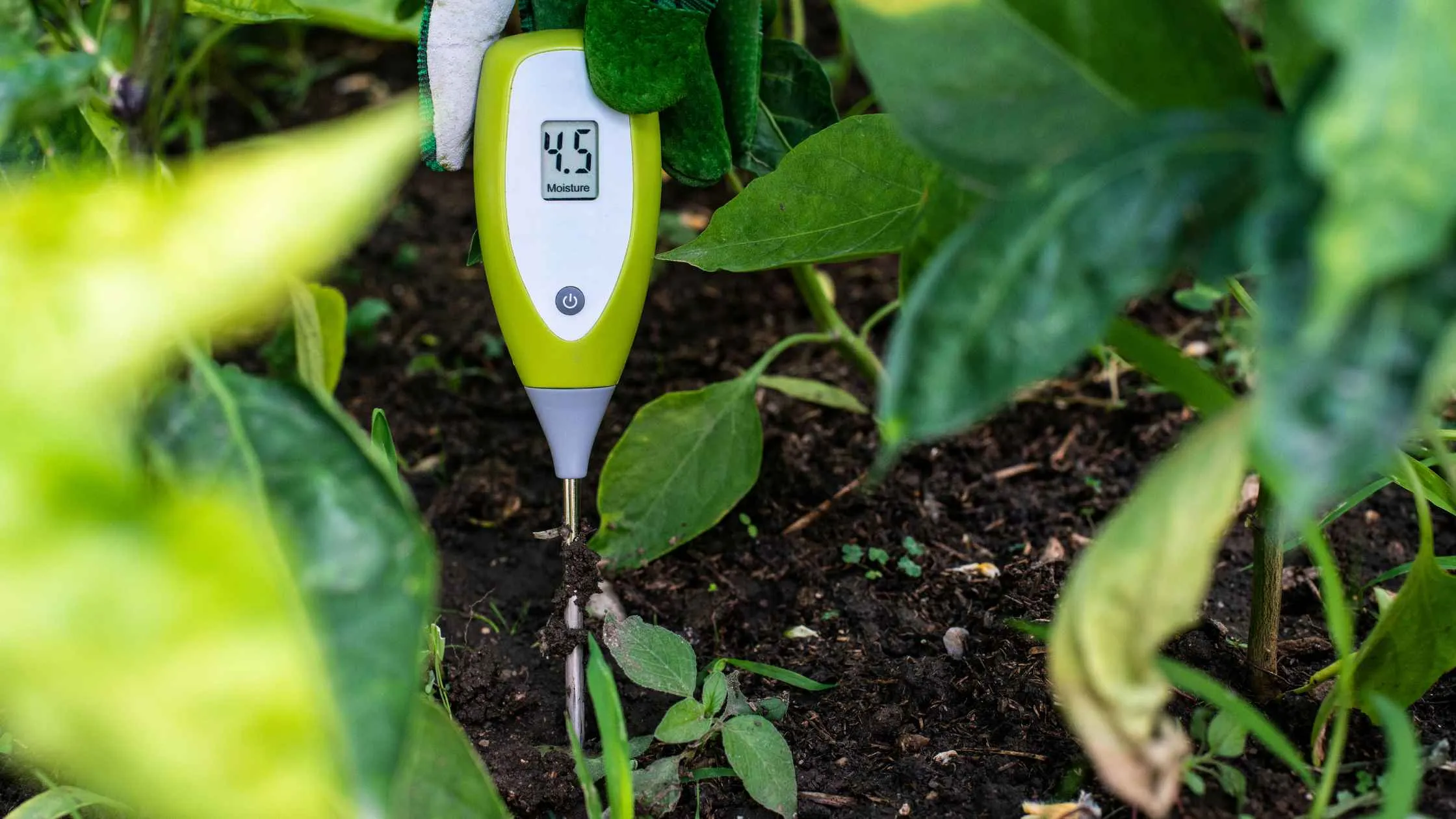
5. Know Your Soil
To know the condition of your soil condition, you can get your soil tested by professionals. You can also buy test equipment from any garden store in your area. A soil test will help you find out the pH of your soil, among other things. If the pH level of the soil is lower than the normal range, add lime or wood ash; if it has a higher pH number add compost or peat in the soil.
Although manure is considered a safe source of nutrients for the garden, there are some exceptions to using it.
- A fully aged manure can be added to the soil 90 days before the first harvest.
- While adding manure, make sure it doesn’t come in direct contact with your edible produce.
- Furthermore, don’t add manure to lettuce or leafy greens.
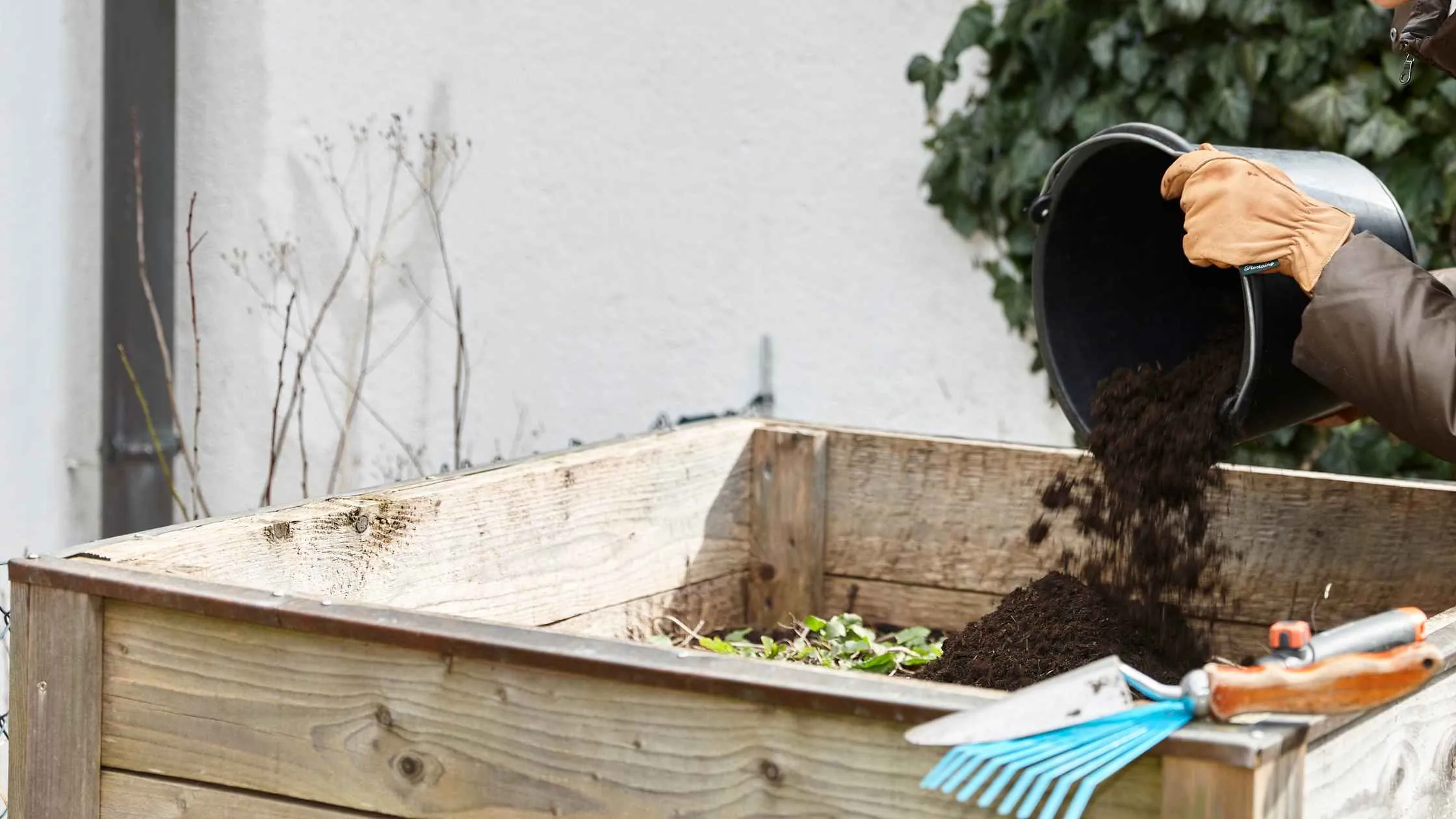
6. Use Compost In Your Garden
When you are collecting seeds and gardening supplies, don’t forget to prepare or buy compost for your garden too. Compost not only improves plant growth rate and water drainage, but it also provides many benefits to the soil and increases the nutrient level.
There are no rules of time for adding compost to the plants. You can add one inch of compost directly on top of the plants and soil, or add it while tilling the garden.
You can prepare your compost using kitchen or yard scraps or buy it from local garden centers. If you are planning on starting your own compost bin or compost tea, you can start it during early spring. It will give you enough compost to add to your garden next year.
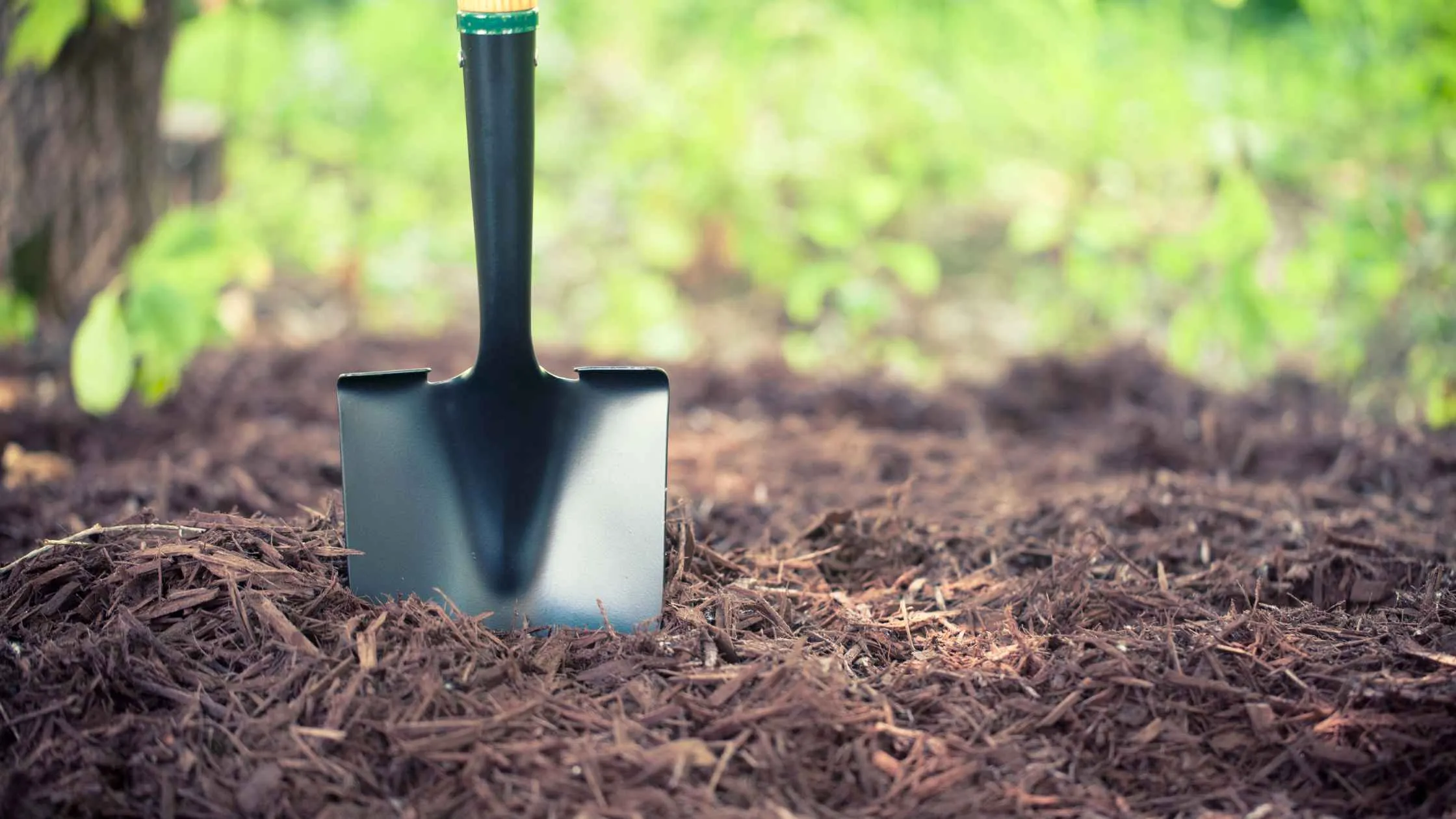
7. Keep Mulch On-Hand
Once you start planting your garden, you will not be able to take care of other things like sourcing mulching. Wondering why mulching is so important for your garden? Here are a few things you should know about mulching before you start spring garden preparation:
- Mulching prevents erosion and restores moisture.
- It also helps prevent weeds and adds organic matter to the soil
You can buy mulch locally from the garden store. Before buying the mulch, decide if you want grass clippings, wood chips, chopped leaves, or straw.
NOTE: An alternative to using mulch is intensive planting.
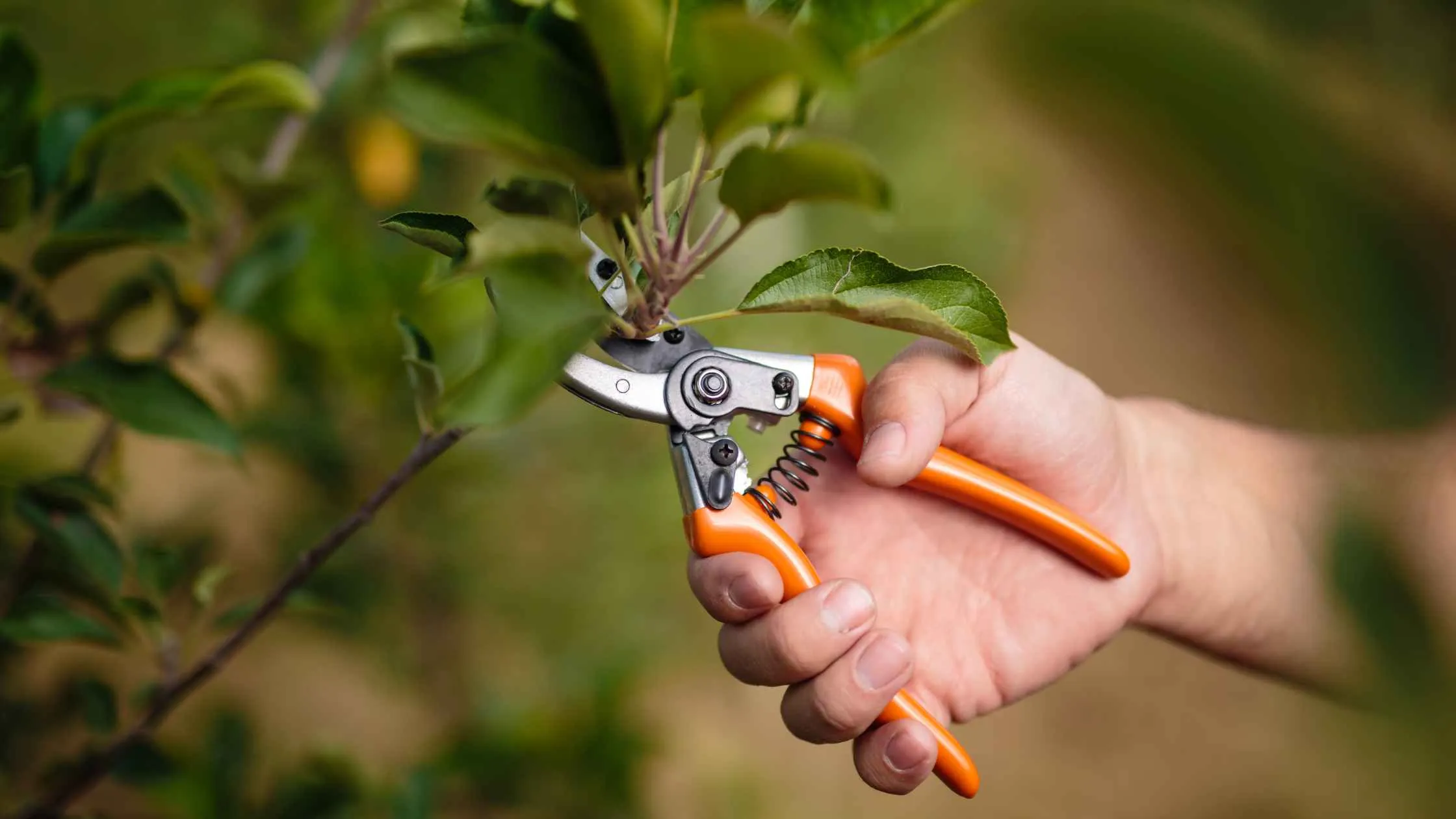
8. Pruning
Early spring is the best time to prune various shrubs and trees. You can maintain and give new shapes and structures to the trees and plants. Late winter and early spring are the perfect time to prune old wood because the branch structures are more visible at this time. So prune your plants before the new buds form on them.
Before pruning, you need to sterilize the pruners with a clean rag and isopropyl alcohol. It prevents the spread of any plant disease in your garden. When you prune a plant, add a little fertilizer to the soil so the plant has enough nutrients to heal from the soil.
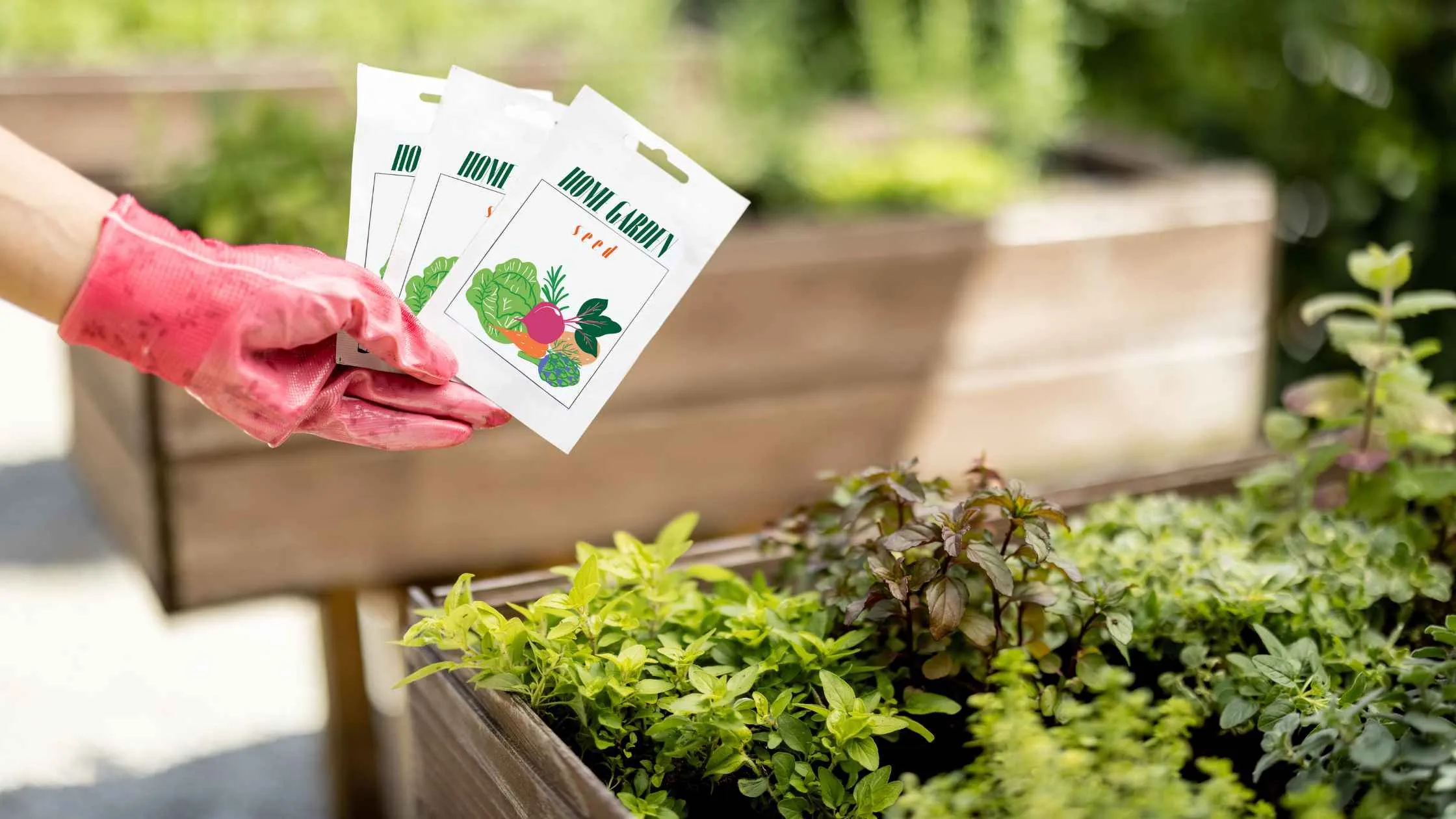
9. Purchase High-Quality Seeds
If you have already decided where you want to start your garden, depending on the sunlight and soil conditions, you might have also selected the plants you are going to start. After you have decided on the plants, now it’s time to collect the seeds.
If you haven’t saved any seeds from your last year’s production, or you are starting a new plant, you can go to local Garden centers. Look for the best quality seeds that are not moldy or eaten. Similarly, if you are using seeds saved from your last year's production, examine if their condition is favorable for planting.
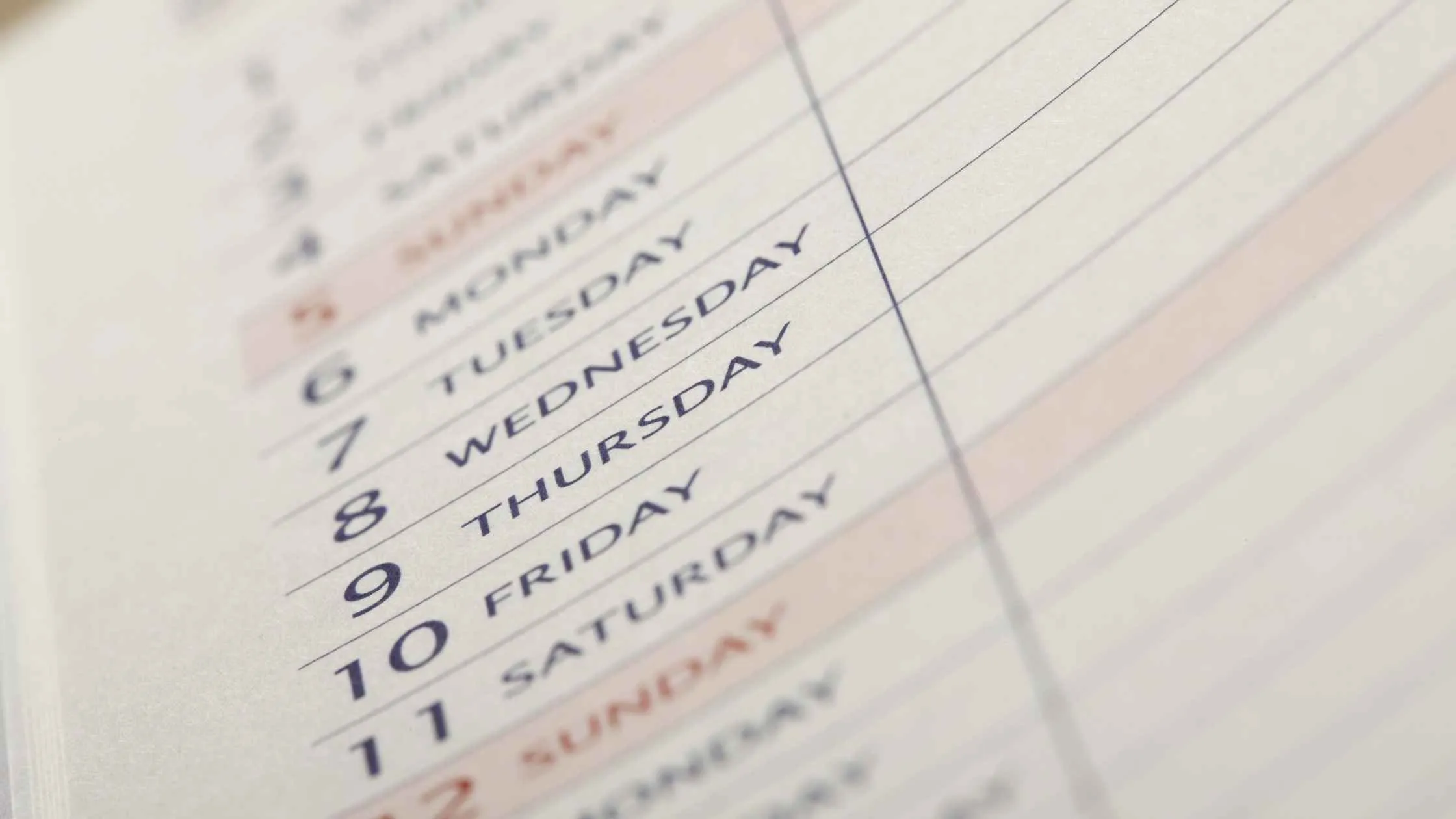
10. Follow The Planting Calendar
Starting seeds too late can result in immature crops, so follow a planting calendar for your local area. A planting calendar will help you remember all the maturity dates. You can also keep a record of plant diseases, growth, and harvests in the planting calendar. As every region has a different planting calendar, it is best to follow the calendar for your area.
While you are making your planting calendar, you can also use this time to stock on garden supplies, like fertilizers and soil amendments. If you have any pre-assembly plant supports like tomato cages, make sure they are all set for the new plants. It is better to complete all these tasks before spring so that when you start planting seeds, it will be the only work you are going to do.
Conclusion
Starting seeds might be one of the most exciting things for a gardener. Seeing little sprouts germinating from the seeds and rising from the soil is a very proud moment. But before starting your garden, we recommend you start your spring garden preparation. And the above-mentioned gardening guide will surely help you to start a better spring garden.

